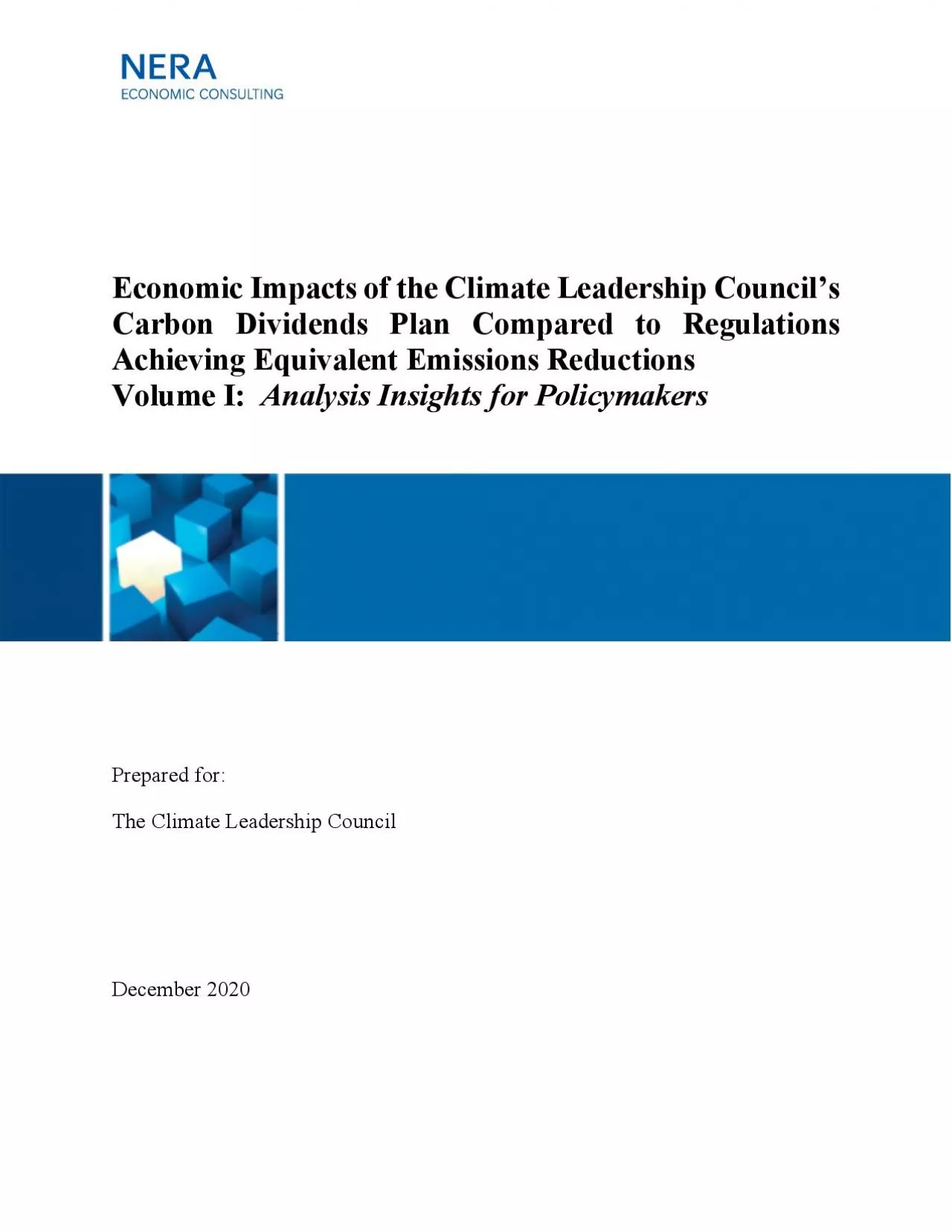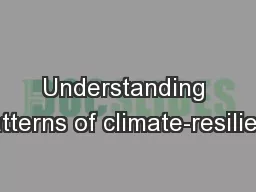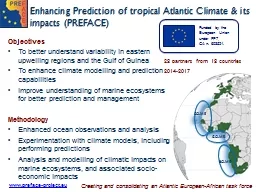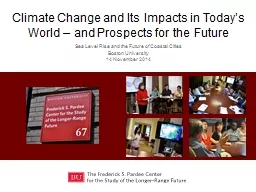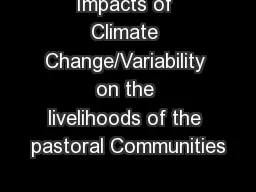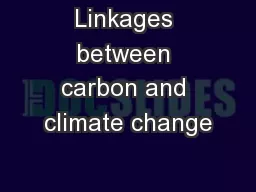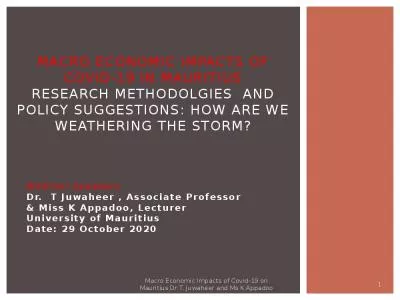PDF-Economic Impacts of the Climate Leadership Councils Carbon Dividends P
Author : scarlett | Published Date : 2021-08-25
NERA Economic Consulting Anne E Smith PhD Managing Director NERA Economic Consulting wwwneracom is a global firm of experts dedicated to applying economic finance
Presentation Embed Code
Download Presentation
Download Presentation The PPT/PDF document "Economic Impacts of the Climate Leadersh..." is the property of its rightful owner. Permission is granted to download and print the materials on this website for personal, non-commercial use only, and to display it on your personal computer provided you do not modify the materials and that you retain all copyright notices contained in the materials. By downloading content from our website, you accept the terms of this agreement.
Economic Impacts of the Climate Leadership Councils Carbon Dividends P: Transcript
Download Rules Of Document
"Economic Impacts of the Climate Leadership Councils Carbon Dividends P"The content belongs to its owner. You may download and print it for personal use, without modification, and keep all copyright notices. By downloading, you agree to these terms.
Related Documents

